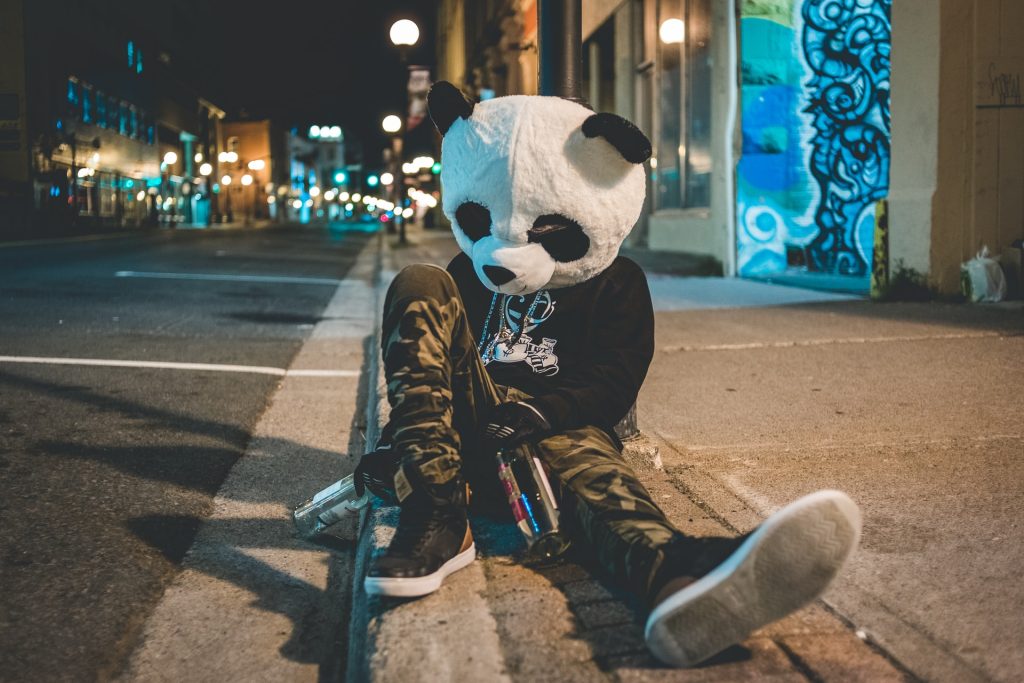
Underage youth consumed $17.5 billion worth, or 8.6 percent, of the alcoholic drinks sold in 2016 in the US. Nearly half of youth consumption was made up of products from three alcohol companies: AB Inbev, MillerCoors and Diageo. The study findings were published in the Journal of Studies on Alcohol and Drugs.
In a landmark study of youth alcohol consumption by brand, the authors collected large amounts of data to estimate, for the first time in two decades, the monetary value of youth alcohol consumption. And for the first time, they were able to attribute those revenues to specific companies.
“The alcohol industry has said they don’t want minors to drink, but when we counted up the drinks, it was clear that they were making billions of dollars from these sales,” said co-lead author Pamela J. Trangenstein, PhD, assistant professor of health behaviour at the University of North Carolina Gillings School of Global Public Health. “There is a clear disconnect when an industry advocates prevention but then makes billions of dollars from prevention’s failure.”
Alcohol is the number one substance used among people ages 12 to 20. Although underage drinking has fallen in recent years, alcohol is still responsible for approximately 3500 deaths annually for under 21s, according to the Centers for Disease Control and Prevention.
In the US, the minimum drinking age is 21, although before 1984 states set their own drinking age. According to the CDC, raising the drinking age to 21 saw a 16% reduction in motor vehicle accident deaths, and there is evidence that this limit protects drinkers from alcohol and other drug dependence, adverse birth outcomes, and suicide and homicide.
“Our prior studies have repeatedly shown that youth are exposed to and influenced by alcohol marketing,” commented co-author David H Jernigan, PhD, professor at Boston University. “If alcohol companies are truly committed to preventing youth drinking, they should be willing to put these revenues into an independent agency able to address underage drinking without a conflict of interest.”
The Institute of Medicine and National Research Council, the science advisory body for the US Congress, made that recommendation in their 2003 report on underage drinking. In 2006, the legislation was passed entirely devoted to curbing underage drinking. While that legislation authorised $18 million in spending, the full amount has never been used.
“Community coalitions in North Carolina and across the country are constantly begging for dollars to support their work on underage drinking,” said Prof Trangenstein. “Our study identifies a clear source for that badly needed funding. Families and communities are paying the price, while big alcohol companies are reaping all the benefits.”
Source: Journal of Studies on Alcohol and Drugs
More information: Eck, R. H., Trangenstein, P. J., Siegel, M., & Jernigan, D. H. (2021). Company-specific revenues from underage drinking. Journal of Studies on Alcohol and Drugs, 82, 368–376. DOI: 10.15288/jsad.2021.82.368

